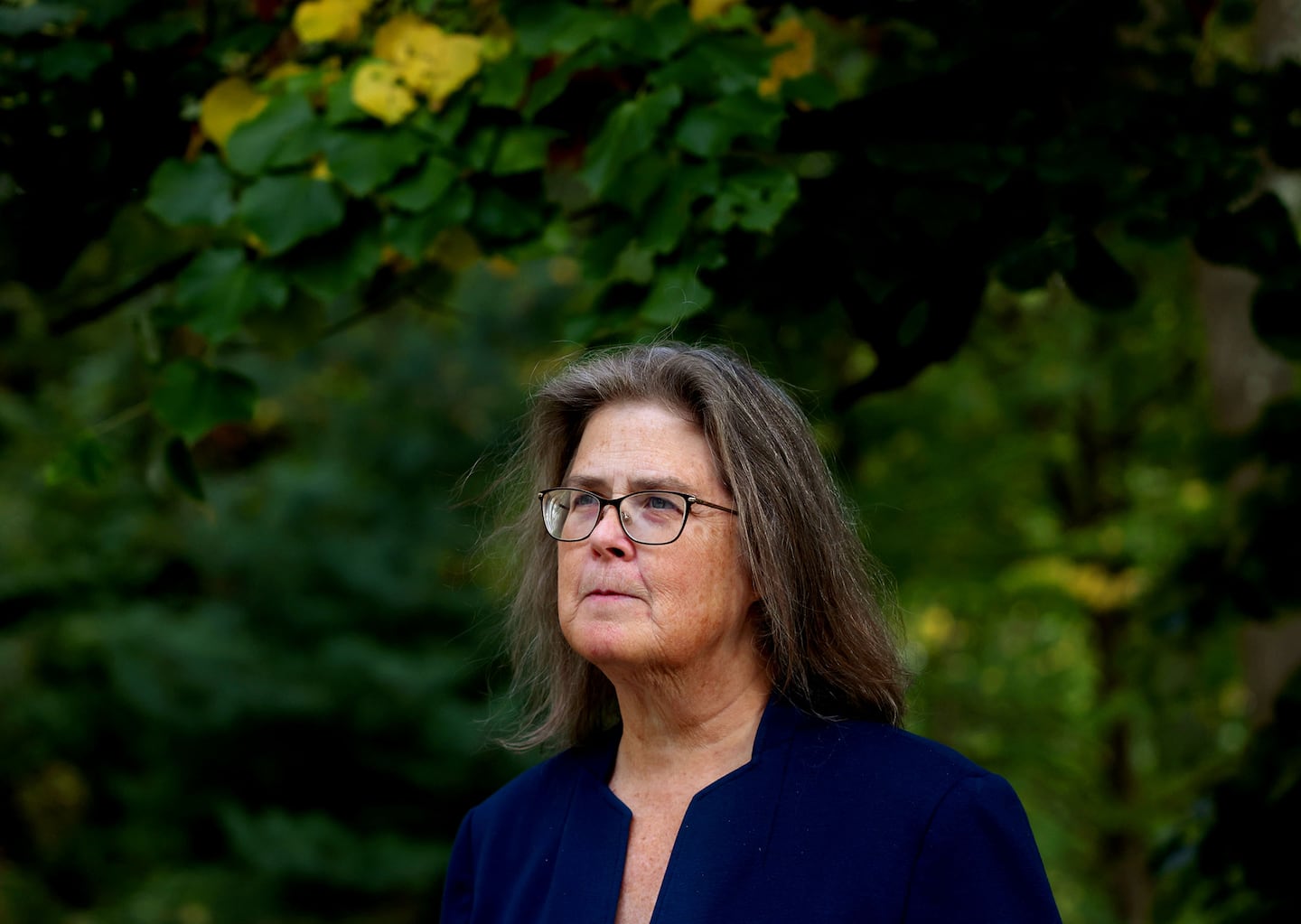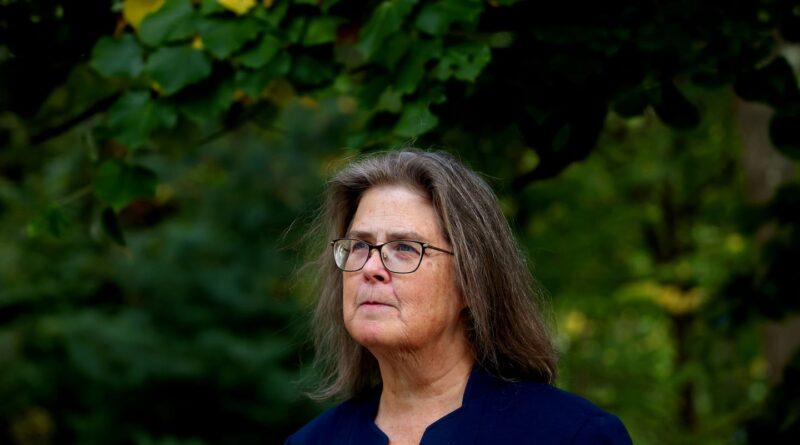Are nurses taking the place of doctors? They are truly revolutionizing health care. – The Boston Globe
What are the fastest growing jobs in the United States? Not surprisingly, there are a lot of tech jobs: Data scientist and information security analyst, for example, both rank in the top five and pay a median salary in the low six figures.
But no profession is as fast-growing or high-paying as nurse practitioner, the fastest-growing profession in American health care. The number of nurses has quadrupled since 2010, and the trend is likely to continue. The Bureau of Labor Statistics projects that the number of nurses will grow 40 percent between 2023 and 2033.
Increasingly, however, nurses are doing work that has long been done by doctors, creating tensions between the groups over training, experience and pay. Michael Barnett, a primary care physician and associate professor of health policy and management at the Harvard TH Chan School of Public Health, says: “One of the most powerful and nonpartisan debates in policy and now they are between MDs and NPs.
He says the American Medical Association, which represents doctors, has pushed back hard against the scope of nurse practitioner practice because, in part, “there are a lot of MDs who reject the authority that NPs have.” they get it with a fraction of the training they have.” And there’s a wide range of quality nursing programs, she says. four.)
Ateev Mehrotra, chair of the department of health services, policy and practice at Brown University School of Public Health, says Ateev Mehrotra. And they will cite specific incidents where they feel the NPs didn’t handle something correctly, he says.
A few years ago, Mehrotra noticed that there were more and more nurses and physician assistants working with him at the hospital. But he wanted to try to understand the context. So he wrote a paper that looked at 276 million health care visits between 2013 and 2019. He found that in 2019, 42 percent of patients had at least one visit to a health care provider. life saw a nurse or physician’s assistant.
Mehrotra, who has worked as both a primary care physician and a pediatrician, admits that it is difficult to draw a clear dividing line between the roles of MD and NP. He notes that there have been randomized control trials in which some patients were referred to nurses and others to MDs, and the health outcomes were the same.
David Auerbach, the Massachusetts Health Policy Commission’s senior director for research and cost-effectiveness, believes that when you look at research on the quality of care, most people don’t see much of a difference. But he emphasizes that the donors are not interchangeable; For example, doctors tend to deal with more difficult cases.
What nurses are allowed to do varies from country to country, and can be a result of hard-fought battles. The American Nurses Association says Massachusetts is “full practice” — meaning that NPs can prescribe medications, diagnoses, order tests, and monitor treatments — while California and Michigan, for example, are classified as “restricted practice” means.
In some rural areas, nurses are now practicing on their own, because there is a shortage of doctors. In general, the number of psychiatric nurses outnumbers the number of psychiatrists in rural parts of America.
Massachusetts banned nursing for a long time, according to Karen Donelan, a professor of US health policy at Brandeis’ Heller School of Public Policy and Management. “They absolutely fought to train for years and years and years,” says Donelan. And he points out that it wasn’t until the pandemic that the government reversed those restrictions. Massachusetts General Hospital, the largest hospital in the state, now has about 800 physicians and 2,400 physicians.

In the United States, the average annual salary for nurses is about $130,000, while the average salary for pediatricians and family medicine doctors is between $200,000 and $250,000. For hospitals looking to save money, hiring more NPs to see patients can serve as a cost-saving measure. (MGH nurses and physician assistants were told in September that they would receive a 10 percent raise, after hospital nurses received a 13 percent raise.)
Now, most patients see doctors for their annual check-ups. One reason is because the number of doctors in America is not growing fast enough to keep up with the demand. But it’s also because doctors have turned away from primary care, which doesn’t tend to pay as well as specialties, such as cardiology and dermatology. Cardiologists make more than $400,000 a year, on average.
Maggie Sullivan, an instructor at the Chan School of Public Health who has worked as a nurse for two decades, says doctors and nurses can work well together. But there are times when doctors — especially those who haven’t worked with nurses — underestimate what NPs can do.
“As an experienced nurse, it’s frustrating to work with a freshman doctor who thinks so much that their training and practice is superior to yours,” she says.
Donelan says he’s seen teams of MDs and NPs work well together — and almost everyone I’ve talked to agrees. But he believes that the United States has “repressed the number of doctors being produced,” and argues that there are simply not enough “to deal with an aging population, mental health problems, substance use problems.” of drugs.”
In part, physicians’ concerns about the growing number of nurses may be based on how different training is for these two professions. Mehrotra says: “It is very painful to go to medical school. “Then you do three years of residence at least. Many do more than that. So let’s say you do a total of five years of residency. It’s nine years of your life. And this nurse practitioner, who has probably had a very limited number of years – let’s say three years – works with you. ” He says doctors want to believe that “those extra six years, and all that pain” are important.
Sullivan believes that junior doctors have more experience than new nurses, because doctors have already completed their residency. And he says that doctors’ salaries reflect more years of education, as well as (often) harder work and more responsibility for patient outcomes. But, he says, after a few years, “you’ll get to the same level of eligibility.”
Indeed, the cost of that additional education may help explain why the number of nurses has exploded, especially in specialty areas and areas of the country that pay less for doctors. “If you graduate from medical school, and after residency you have $350,000 in debt, you’re going to want what pays you the best,” says Sullivan.
Regardless of how the sand wars continue, argues Harvard’s Barnett, the future will surely be driven by “excessive demand.” We have an increasing number of older Americans, he says, but “the supply of doctors has not kept up, and it’s keeping up with the growth of the US population.” He admits that the rise of NPs is a complex, abstract phenomenon, but he predicts that their number may equal the number of physicians in the next 20 years. “Nursing doctors seem to be at the top of the market. And MDs are doing nothing to reduce that great economic trend.”
Follow Kara Miller @karaemiller.
#nurses #place #doctors #revolutionizing #health #care #Boston #Globe
